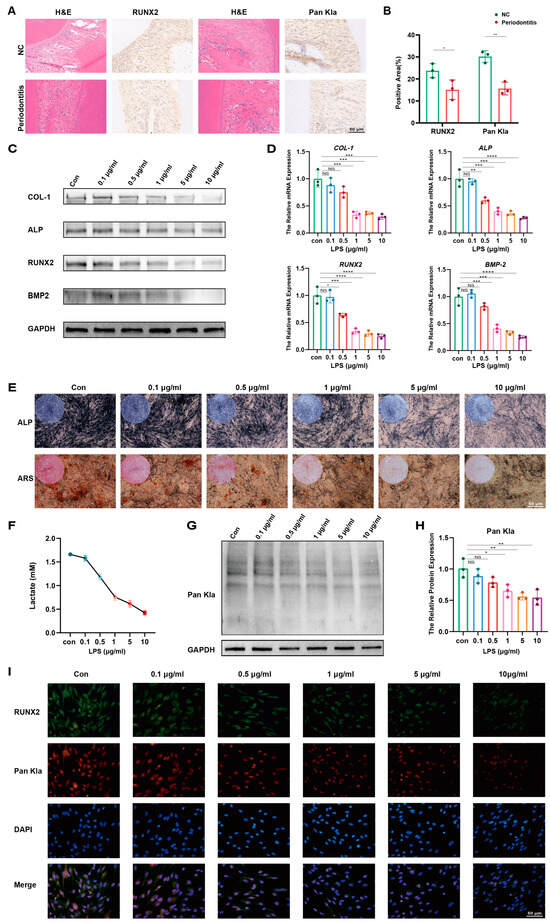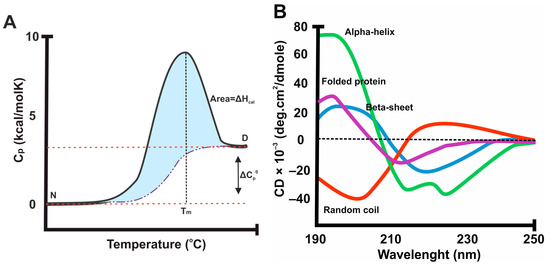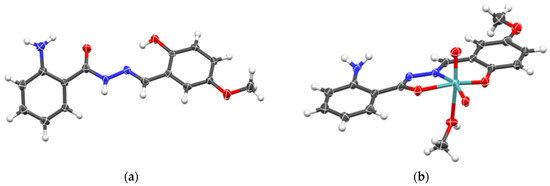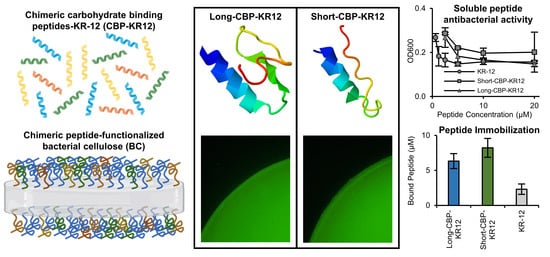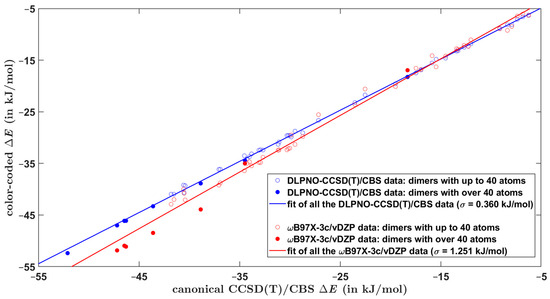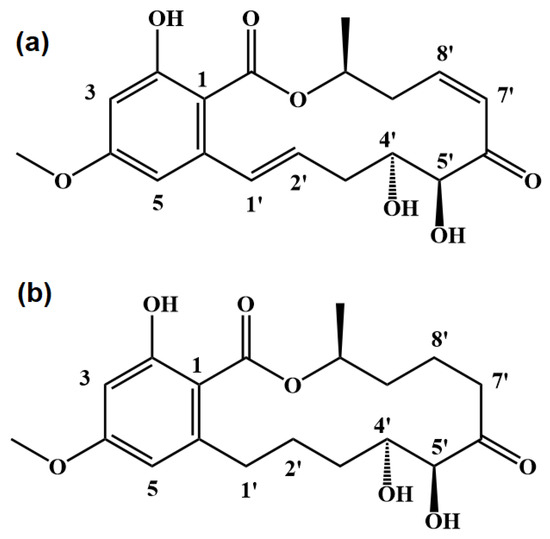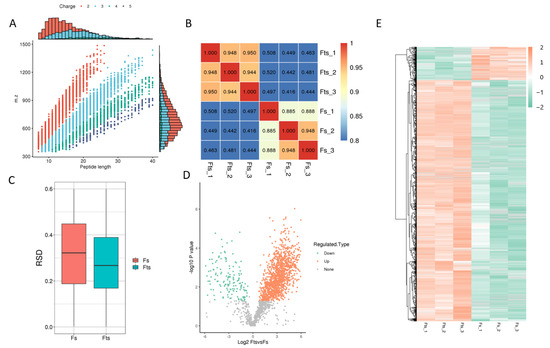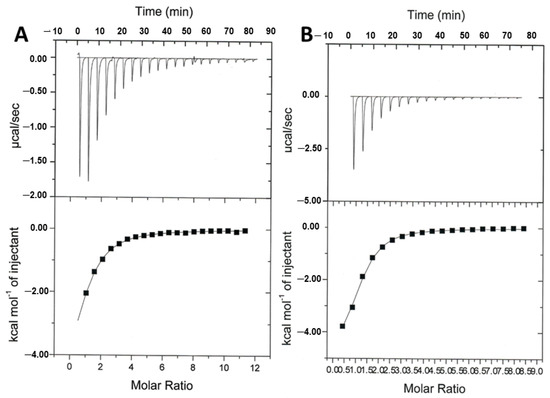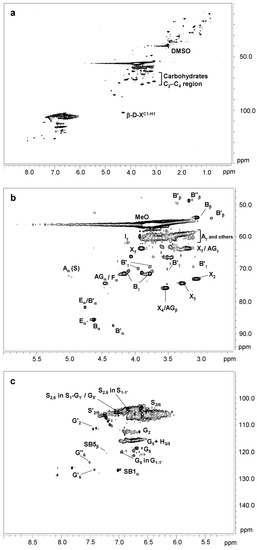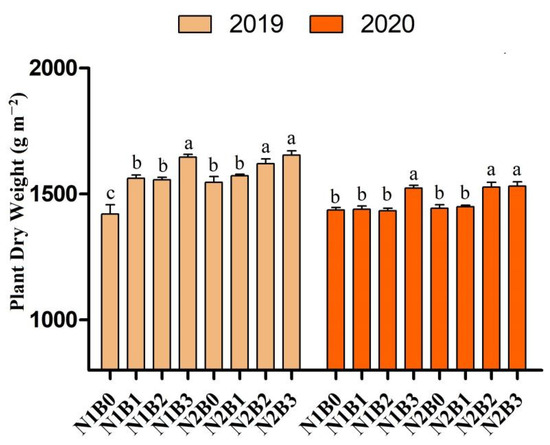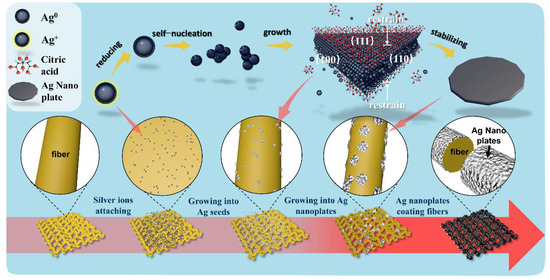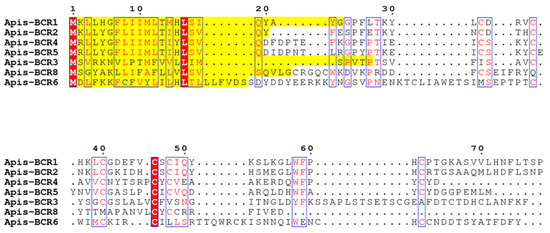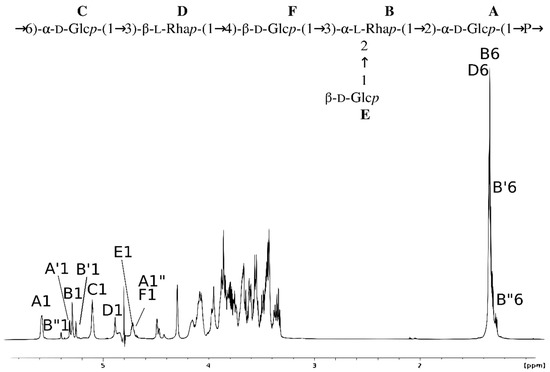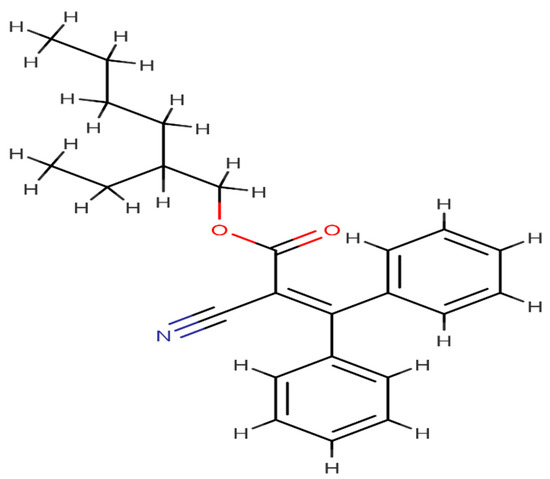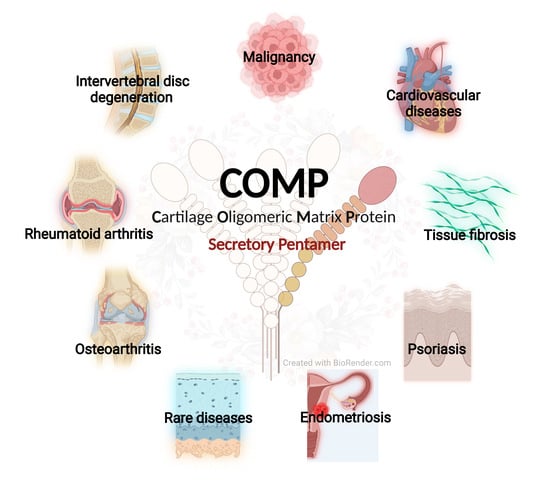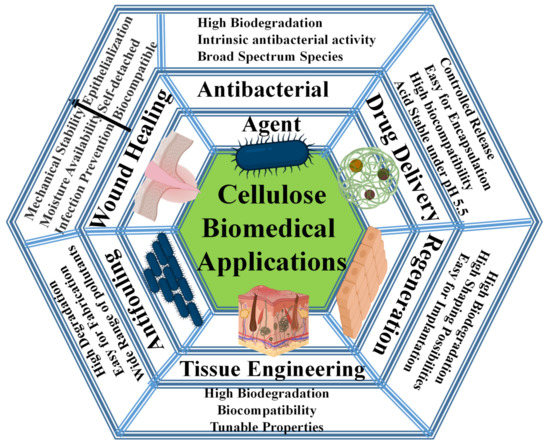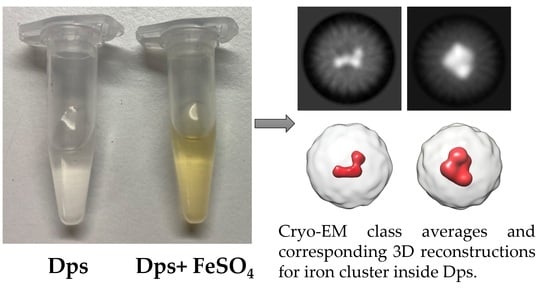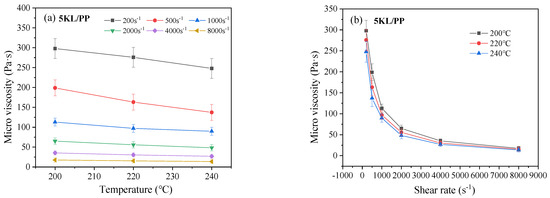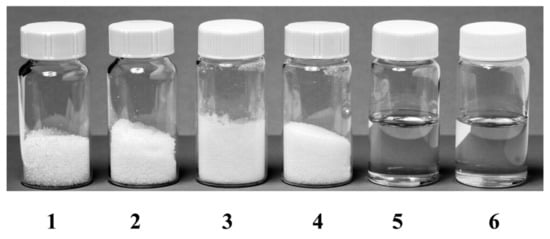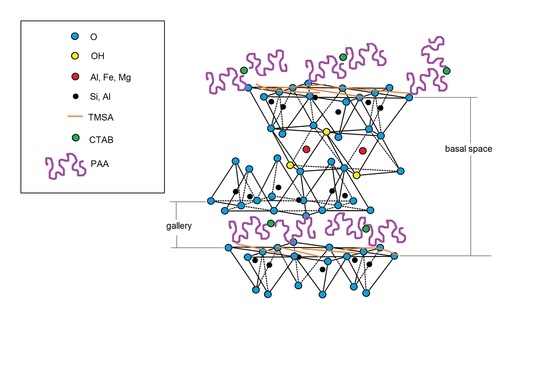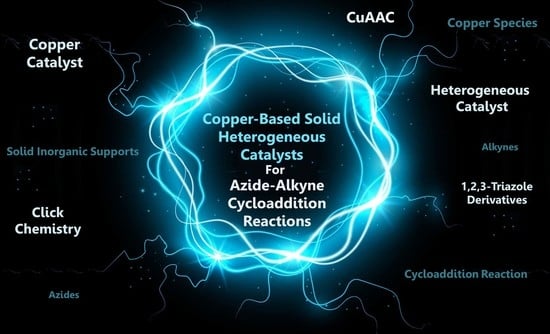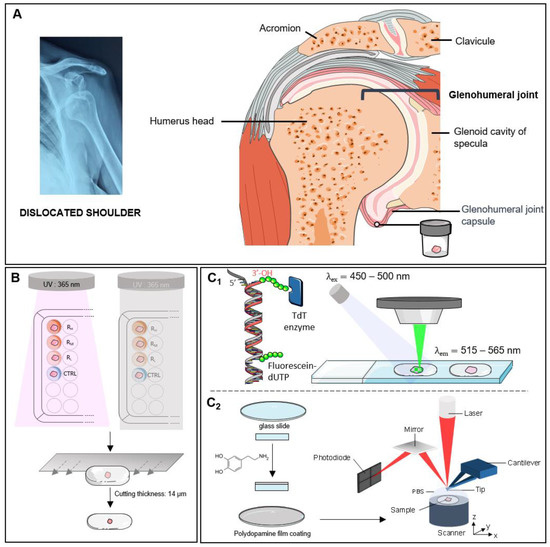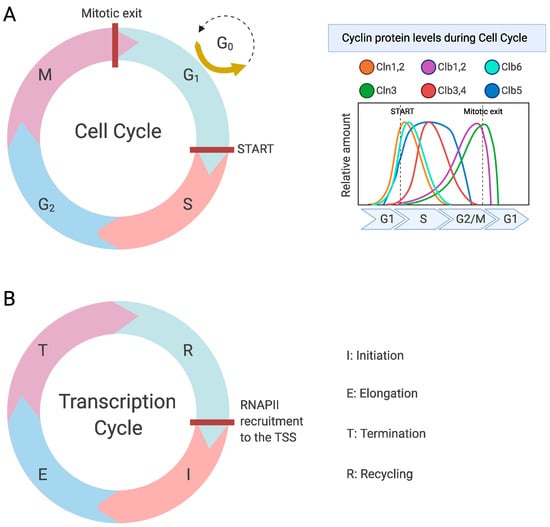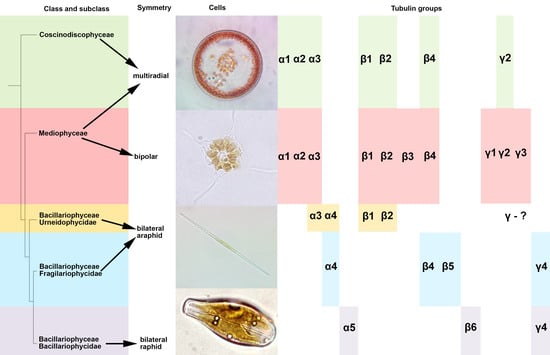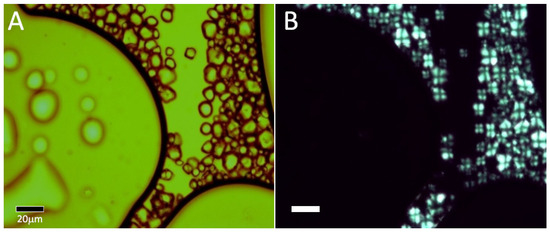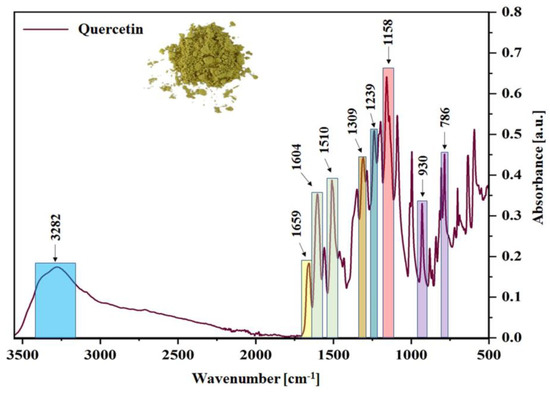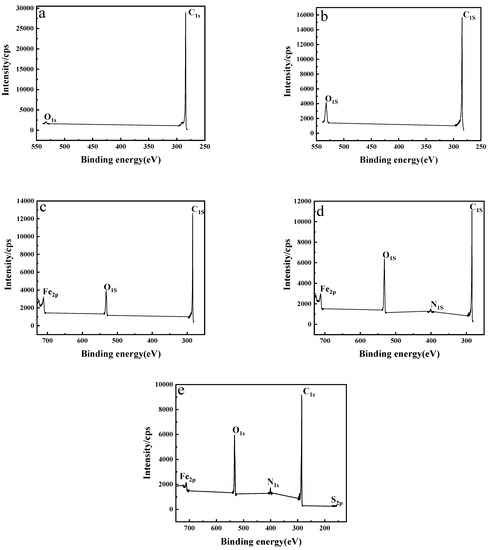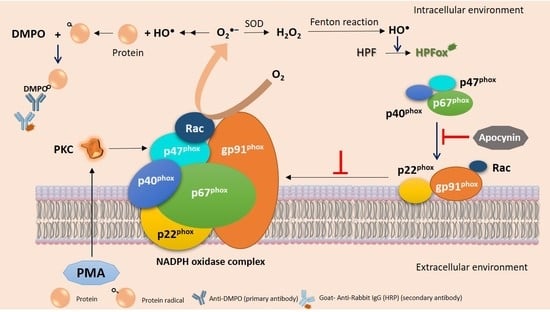Feature Papers in 'Macromolecules'
A topical collection in International Journal of Molecular Sciences (ISSN 1422-0067). This collection belongs to the section "Macromolecules".
Viewed by 88961Editor
Interests: self-assembled monolayers; molecular-weight distribution; shell-type architectures; cationic-polymerization; biological evaluation; poly(ethylene oxide); glycerol dendrimers; core; copolymers
Special Issues, Collections and Topics in MDPI journals
Topical Collection Information
Dear Colleagues,
Macromolecules Feature articles are high-quality articles written by leading experts on significant topics in macromolecular science. Manuscripts under feature article collections will include original research articles, communications, in-depth reviews, highlights, and viewpoints. Detailed experimental procedures are required for research articles and communications. Accepted manuscripts will be published in Open Access after peer review. Submissions of manuscripts are initiated by invitation from the Academic Editor in charge of this section. Editorial Board Members of the Section of Macromolecules are welcome to submit Feature Articles.
Prof. Dr. Salah-Eddine Stiriba
Collection Editor
Manuscript Submission Information
Manuscripts should be submitted online at www.mdpi.com by registering and logging in to this website. Once you are registered, click here to go to the submission form. Manuscripts can be submitted until the deadline. All submissions that pass pre-check are peer-reviewed. Accepted papers will be published continuously in the journal (as soon as accepted) and will be listed together on the collection website. Research articles, review articles as well as short communications are invited. For planned papers, a title and short abstract (about 100 words) can be sent to the Editorial Office for announcement on this website.
Submitted manuscripts should not have been published previously, nor be under consideration for publication elsewhere (except conference proceedings papers). All manuscripts are thoroughly refereed through a single-blind peer-review process. A guide for authors and other relevant information for submission of manuscripts is available on the Instructions for Authors page. International Journal of Molecular Sciences is an international peer-reviewed open access semimonthly journal published by MDPI.
Please visit the Instructions for Authors page before submitting a manuscript. There is an Article Processing Charge (APC) for publication in this open access journal. For details about the APC please see here. Submitted papers should be well formatted and use good English. Authors may use MDPI's English editing service prior to publication or during author revisions.






